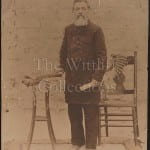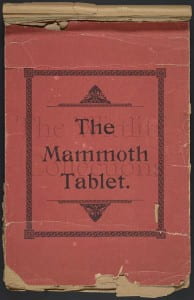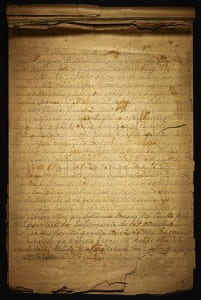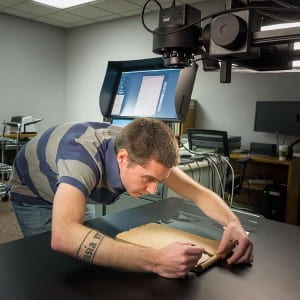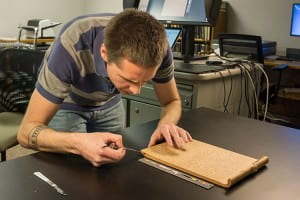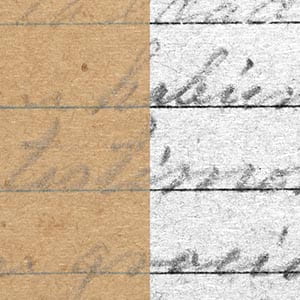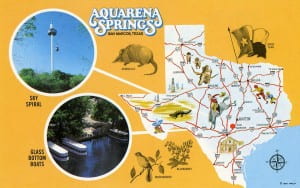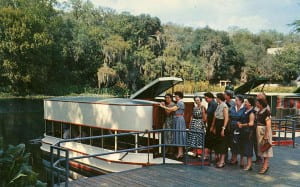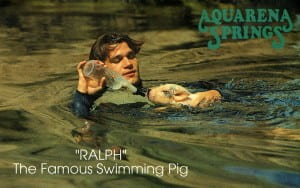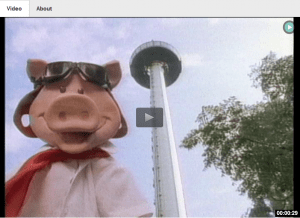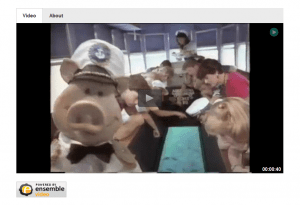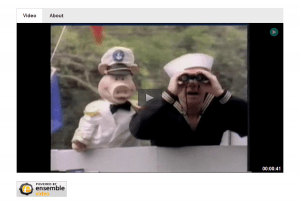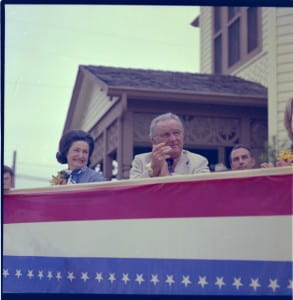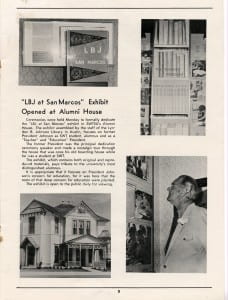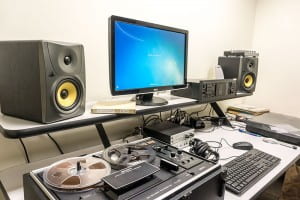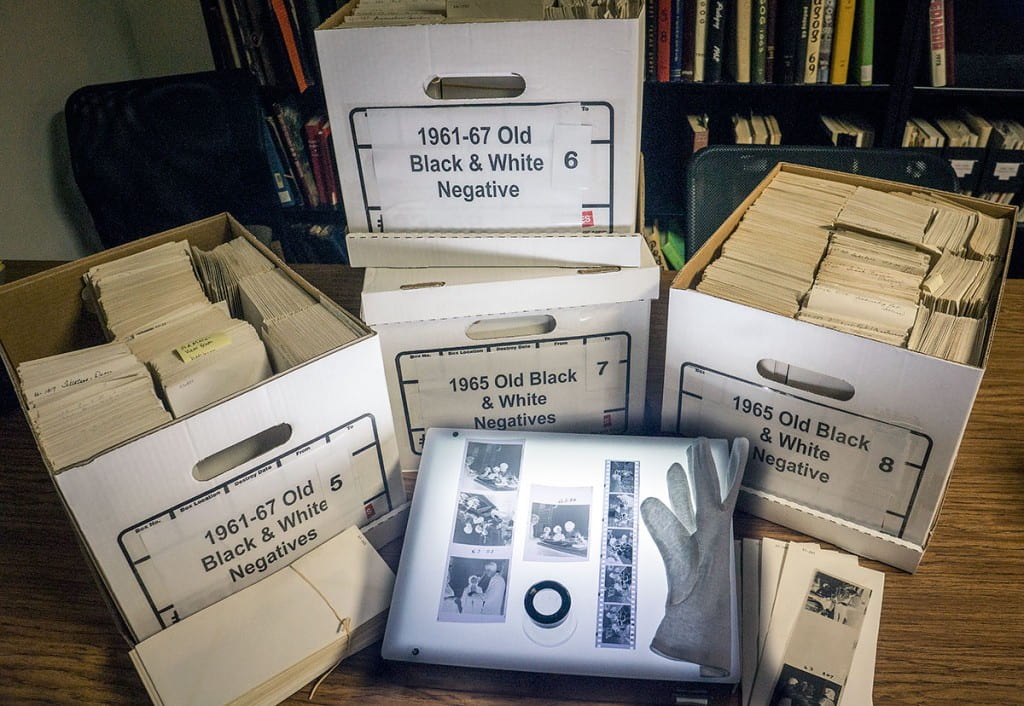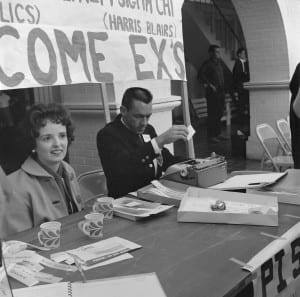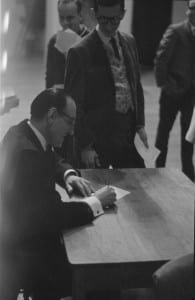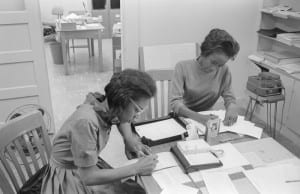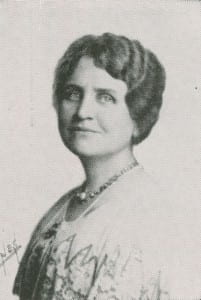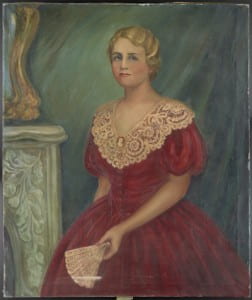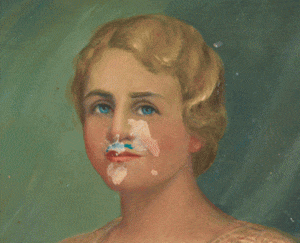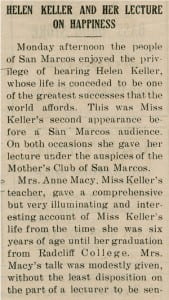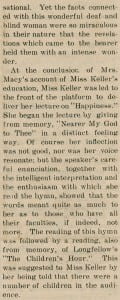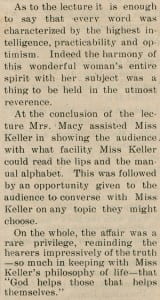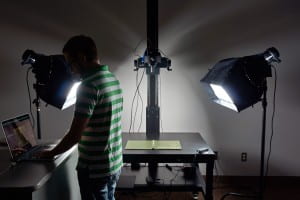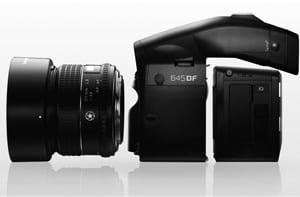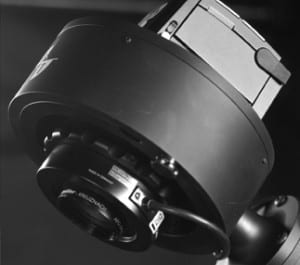The Digital & Web Services department began uploading digitized versions of the university yearbook, the Pedagog, in March 2015. Promotion for the site has included a featured link on the main library website, the University Archives Facebook page, and the Alumni newsletter. The site can also be found through Google.
During a nineteen hour period during the second week of June the site experienced an unusual amount of traffic. Logs revealed that it had been generated through a post on Reddit, a social media platform of online communities. Since Reddit has become so popular and posts can direct so much traffic to a site, servers can be overwhelmed and slow to a crawl. This has been dubbed, “the Reddit Effect.”
Our site is hosted on a Virtual Machine that has been allocated CPU and memory resources adequate for the relatively small amount of regular traffic currently drawn to the site. Within hours of the Reddit post, incoming traffic began to overwhelm the capacity of the server. The increase lasted for about 6 hours until it began a steady decline. Another media site, Cosmo, posted a story re-blogging the link 13 hours after the original Reddit post. Although there was not another spike in traffic, it may have lengthened the plateau until traffic fell to usual levels.
Reddit directed over 4,400 additional visitors to our site over a 19 hour period.


